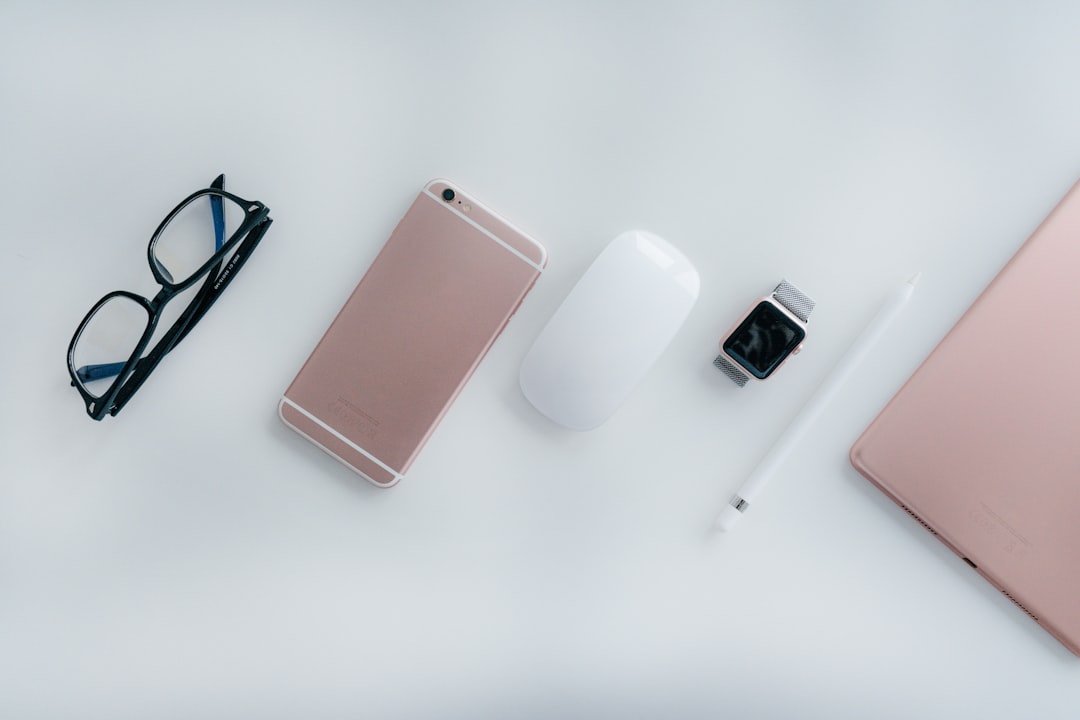As smartphone flagships from leading brands hit the market each year, consumers are left with an important question: which device offers the best value, performance, and longevity? In 2024, two of the most talked-about releases are the Samsung Galaxy S25 and the Google Pixel 9. While both phones push the boundaries of innovation, buyers weigh different factors before making their choice. This article explores the key considerations that influence consumer decisions between these two devices.
Design and Build Quality
First impressions matter, and for many users, the design of a smartphone can be a defining factor. The Galaxy S25 continues Samsung’s legacy of sleek aesthetics, featuring a slightly curved AMOLED display that merges smoothly into its titanium frame. Samsung has also made durability a focus, offering improved water and dust resistance.
The Google Pixel 9, on the other hand, embraces a more utilitarian approach. Its matte glass back and symmetrical design might lack the polish of Samsung’s flagship but appeal to users who value simplicity over flair.
In terms of actual build quality, both phones are exceptionally durable, and this category often comes down to personal preference. Some users favor the richness of Samsung’s design, while others appreciate the consistency and understated aesthetics of Google’s lineup.
Camera Capabilities: An Evolving Battle
The camera has become one of the most important features for smartphone buyers. In the Galaxy S25, Samsung brings a quad-lens setup with a 200MP main sensor, offering a wide range of shooting modes and AI enhancements. Low-light performance and hybrid zoom capabilities are particularly notable, letting users shoot crisp images even in challenging conditions.
Google has relied heavily on computational photography, and the Pixel 9 is no exception. While its 50MP main sensor might not seem impressive on paper, the results speak a different story. Powered by new machine learning algorithms, the Pixel 9 delivers remarkably accurate color reproduction and outstanding dynamic range.
Buyers often ask themselves: Do I want raw hardware power or software processing quality? The answer depends on how they prioritize photography.
Software Experience and Updates
Software is another major deciding factor. The Pixel 9 runs the latest version of Android with a clean, bloatware-free interface. As a Google device, it will receive updates and security patches more quickly than almost any other Android phone — a key consideration for buyers focused on long-term value and system security.
Samsung has improved greatly in this department and now offers up to five years of software support on its premium devices. However, its One UI skin adds numerous features that, while useful to some, can feel redundant or overwhelming to others.
- Pixel 9: Stock Android, smoother updates, AI-driven features like voice recognition and predictive actions.
- Galaxy S25: Feature-rich UI, Samsung ecosystem integrations, faster multitasking tools.
Performance and Battery Life
The Galaxy S25 is powered by the latest Snapdragon 8 Gen 3 chipset (in most regions) and comes with 12GB of RAM. It effortlessly handles multitasking, gaming, and media consumption. The 5,000mAh battery supports fast wired and wireless charging, lasting over a day under regular usage.
The Pixel 9 uses Google’s new Tensor G4 chip, tailored to enhance AI functions and power efficiency. While it doesn’t benchmark as high in raw performance tests, it’s more than adequate for daily use, especially if users are concerned with smart features like real-time transcription and photographic processing.

One crucial aspect for many buyers is battery optimization through software. Here, the Pixel 9’s AI-based adaptive battery management stands out, although the S25 can squeeze out more usage time under heavy loads.
Price and Ecosystem Integration
Modern users don’t just buy a smartphone — they’re often investing in an ecosystem. The Pixel 9 integrates seamlessly with other Google services and hardware like Pixel Buds and Nest devices. Its lower price point also appeals to buyers seeking flagship features at a more accessible cost.
The Galaxy S25 is priced higher but offers a broader ecosystem including Galaxy Tabs, SmartTags, and Galaxy Buds, appealing to users already entrenched in Samsung’s universe. For many, it becomes a question of how well the new phone fits into their broader tech ecosystem.
Conclusion: Matching Device to Buyer Priorities
Ultimately, the choice between the Galaxy S25 and Pixel 9 boils down to what buyers prioritize. The Galaxy S25 offers top-tier hardware, a customizable user interface, and strong battery performance. It’s tailored for power users and those who prefer feature-rich environments.
Meanwhile, the Pixel 9 provides a clean, tightly integrated software experience with a focus on AI innovations and camera intelligence. It’s ideal for those who value simplicity, direct updates, and smart tools.
For the modern smartphone buyer, the real key lies in aligning needs over brand loyalty or specs alone. Whether it’s creativity, productivity, or communication, each of these smartphones serves its audience exceptionally well — in very different ways.

